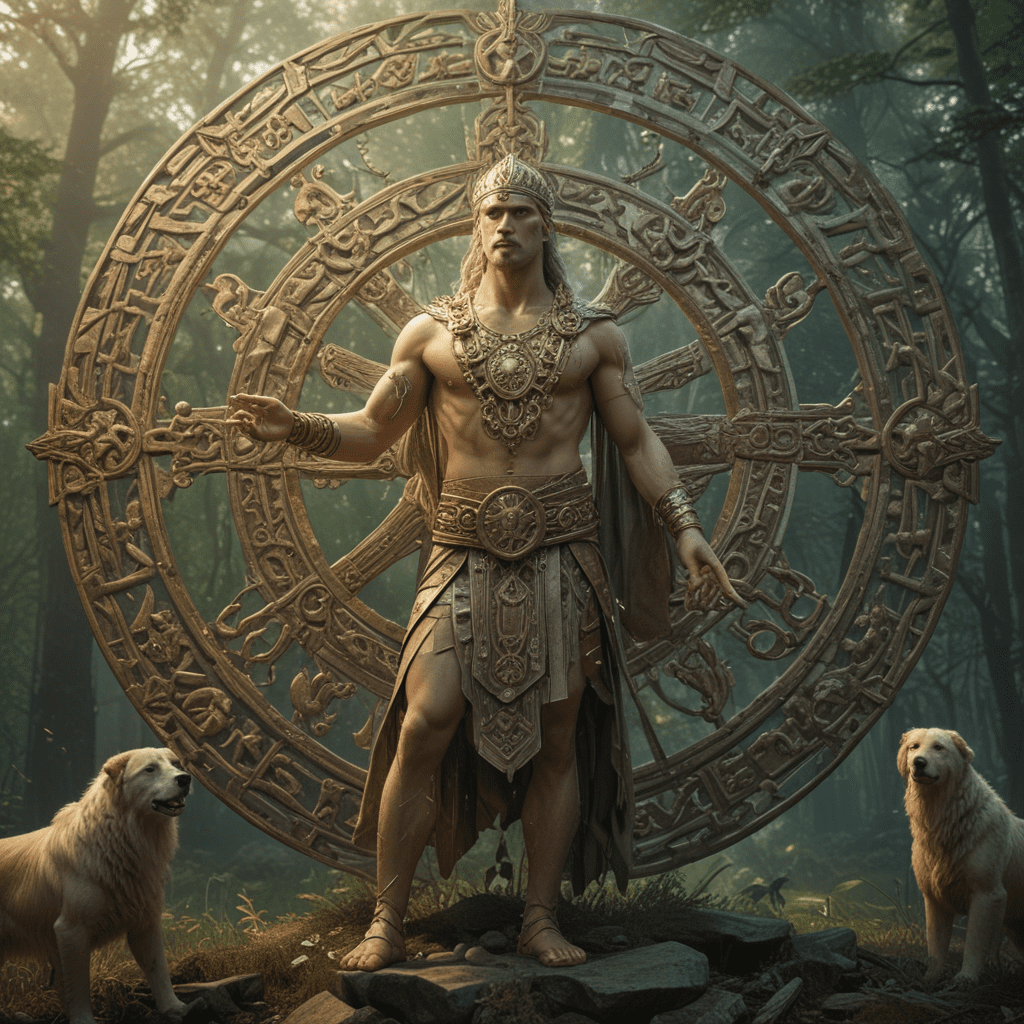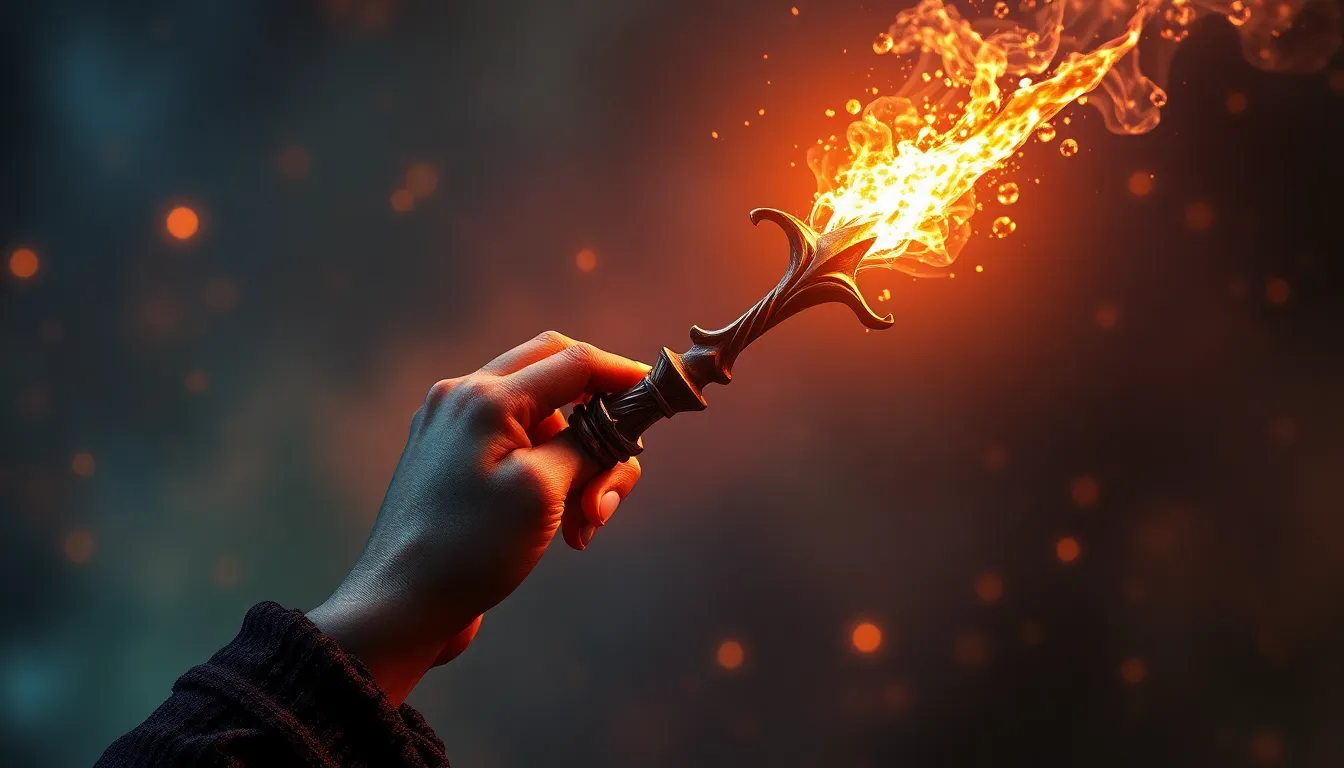Slavic Mythology: The Power of Transformational Symbols
Introduction: The Significance of Symbols in Slavic Lore
Slavic mythology, a rich tapestry of ancient beliefs and traditions, is deeply intertwined with the power of symbols. These symbols, often imbued with mystical and sacred meanings, permeated every aspect of Slavic life, from religious rituals to everyday objects. Their significance extended beyond mere representation; they were believed to possess transformative power, capable of shaping reality and influencing the course of events.
The Sacred Tree: Yggdrasil and Its Cosmic Connections
Central to Slavic mythology is the concept of the World Tree, known as Yggdrasil. This colossal tree was believed to connect the heavens, the earth, and the underworld, forming the axis of the cosmos. Its roots reached deep into the underworld, grounding it in the realm of the dead, while its branches extended high into the heavens, reaching towards the realm of the gods. Yggdrasil was a symbol of life, growth, and the interconnectedness of all things.
The Thunderer: Perun and the Power of Lightning
Perun, the Slavic god of thunder and lightning, was one of the most revered deities in the pantheon. He wielded a powerful hammer, which he used to strike down his enemies and protect his people. Lightning, a manifestation of Perun's anger, was seen as a divine punishment or a sign of his approval. Symbols associated with Perun, such as the thunderbird and the lightning bolt, represented his might and authority.
The Goddess of Earth: Mother Mokosh and the Cycle of Life
Mother Mokosh, the goddess of earth and fertility, played a central role in Slavic mythology. She was associated with the cycle of life and death, the changing seasons, and the bounty of the harvest. Symbols related to Mother Mokosh, including the earth itself, the moon, and the cow, represented her nurturing and protective nature. Her presence ensured the continuation of life and the renewal of the natural world.
The Trickster God: Veles and the Realms of the Unknown
Veles, the Slavic trickster god, was a complex and enigmatic figure. He was associated with the underworld, the unknown, and the transformative power of chaos. Symbols connected to Veles, such as the raven and the serpent, represented his mischievous and unpredictable nature. Veles could bring both good and evil, challenging the established order and facilitating change.
The Firebird: Zhark-Ptitsa and the Quest for Rejuvenation
The Firebird, known as Zhark-Ptitsa in Slavic mythology, was a magnificent creature with fiery plumage that illuminated the darkness. It possessed the power to heal the sick, restore youth, and grant wishes. Symbols associated with the Firebird represented the transformative power of fire, renewal, and hope. The quest for the Firebird was a common theme in Slavic folklore, symbolizing the search for spiritual enlightenment and rejuvenation.
The Serpent: Zmey Gorynych and the Balance of Good and Evil
Zmey Gorynych, a multi-headed dragon, was a formidable adversary in Slavic mythology. It represented the forces of chaos and evil, threatening the balance of the world. The battle between the hero and the serpent was a central theme in Slavic epics, symbolizing the struggle between good and evil. Symbols related to Zmey Gorynych represented the duality of existence, the constant battle between light and darkness.
The Kolovrat: The Solar Symbol of Slavic Identity
The Kolovrat, also known as the Solstice Wheel, is a powerful solar symbol deeply rooted in Slavic culture. It represents the sun's annual cycle, rebirth, and the victory of light over darkness. The Kolovrat was often used as a protective talisman, bringing good fortune, prosperity, and warding off evil. Its presence symbolized the connection between humanity and the celestial forces.
The Alahir: The Celestial Symbol of Purity and Guidance
The Alahir, a stylized representation of a six-pointed star, is a sacred symbol in Slavic mythology. It symbolizes the purity and harmony of the universe, as well as the divine spark within each individual. The Alahir was believed to guide souls through the afterlife and protect them from harm. Symbols related to the Alahir represented the celestial realm, spirituality, and the quest for enlightenment.
## Conclusion: The Enduring Legacy of Slavic Symbols in Modern Culture
The symbols of Slavic mythology continue to resonate with people today, transcending their ancient origins to become a source of inspiration and cultural pride. They are found in art, literature, music, and everyday objects, serving as reminders of the rich heritage and transformative power embedded in Slavic traditions. The enduring legacy of these symbols speaks to their universal appeal, connecting people across generations and cultures.
## FAQs
Q: What is the most important symbol in Slavic mythology?
A: Yggdrasil, the World Tree, is considered the most significant symbol, representing the connection between the heavens, earth, and the underworld.
Q: Who is the most powerful god in Slavic mythology?
A: Perun, the god of thunder and lightning, is widely regarded as the most powerful deity in the Slavic pantheon.
Q: What animal is associated with Veles, the Slavic trickster god?
A: The raven is a common symbol of Veles, representing his connection to the unknown and the realms of chaos.
Q: What is the significance of the Alahir symbol?
A: The Alahir, a six-pointed star, represents celestial purity, guidance, and the divine spark within each individual.


